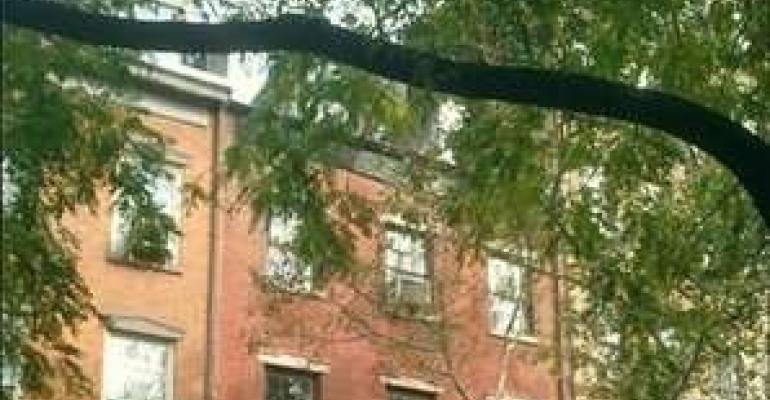
On June 24, 2011, the New York State Legislature passed The Rent Act of 2011 extending the rent regulation laws for 4 years until June 15, 2015. The major changes include raising the threshold for deregulation on vacancy or luxury decontrol to $2,500 per month from $2,000. For the latter, the tenant must have earned $200,000 for each of the last two years, which is up from $175,000. Lastly, landlords of buildings with 36 units more will only be able to increase their monthly rents by 1/60th of what the individual unit improvements cost as opposed to the previous 1/40th, which will remain for buildings with 36 units or less. All these changes will now make it more difficult for landlords to decontrol units and increase their rent rolls.
With all these changes you may ask: why do investors still flock to rent regulated buildings? The main reason is due to the inherent upside. Simply put, these buildings generally offer no downside as the rent levels are kept artificially below market levels. If rent regulated units can be vacated, there can be a major impact to the building's cash flow and value.
For example, if a rent stabilized tenant paying $800 per month for a 2-BR apartment vacates, a building's value may increase by close to $800,000. The math is as follows: a market rent of $5,000 would provide $50,400 more in net operating income per year. At a conservative 6% return, this would translate to an additional $840,000 in value. Assuming this is in a building with less than 36 units, a landlord would have to spend about $61,000 to renovate and deregulate the unit, which is calculated as follows: the $2,500 threshold minus $960 (which is the $800 previous rent plus a 20% vacancy bonus) x 40. Thus, the net increase in value would be about $775,000.
In some cases this increase can be even more pronounced. In the case of 59 Morton Street, which we just sold for $6,500,000 or $1,059/SF, the building could be worth almost twice as much if the remaining two tenants are vacated. This 25' wide Federal Style townhouse has three vacant lower floors with a garden, a rent controlled tenant on the 4th floor paying $127 per month, and the top floor rent stabilized tenant paying $615 per month.
The highest and best use for this property is a reconversion to a single family. Thus, the upside isn't just in raising the rents if the tenants were to vacate, it's being able to renovate it for around $3,500,000 and then resell it for around $20,000,000.
Many investors look for buildings which have been mismanaged. Rent regulation only protects tenants who use the unit as their primary residence. Thus, the first thing savvy investors do is an investigation to find out if tenants are living there for less than half the year, or if they are illegally subletting it. Furthermore, landlords will try and assess the likelihood that tenants would be open to a buy out.
Assuming the rent regulated tenant lives in the apartment legally, the question then becomes, how much should a landlord spend to buy them out? There really is no rule of thumb for this. I know several landlords who won't spend a penny to buy a tenant out – their logic is that they're long term holders and will wait someone out. The risk is that a rent regulated tenant's direct family member can live in the apartment for 2 years and then take it over, further prolonging the reduced rent.
Other landlords say that a buyout should be the difference between the current and market rent over a three year period. Some owners believe they should be more aggressive and offer half of what the apartment would sell for as condo. Finally, some owners opt to buy tenants' apartments elsewhere and give them a life estate so they can eventually take back that apartment. Cleary this is more of an art than a science.
Having a sense of whether or not a tenant has means, or if he or she would be open to relocating is important. For instance, a tenant who is ready to retire and move outside the city might take whatever they can get and move on, whereas a tenant who never wants to leave the city may hold out for a large buyout to ensure they can live comfortably elsewhere in the city for the rest of their lives. And then there are some tenants who simply won't move; the reason can be an emotional attachment to the apartment or if a buyout wouldn't change their lifestyle.
With all this in mind, would you prefer to buy a building with rent regulated tenants or something with all fair market units?

